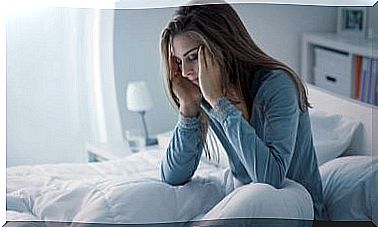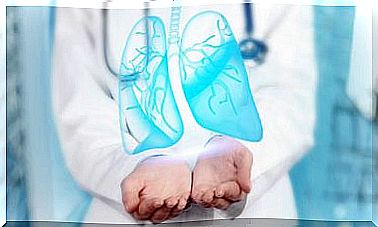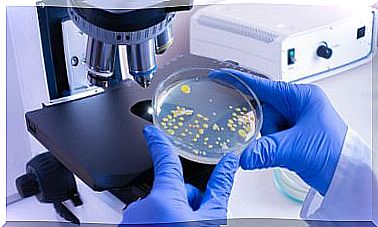Whooping Cough: Causes, Symptoms And Treatment
The initial symptoms of whooping cough are similar to those of a common cold. However, after a few weeks they become conspicuously worse, so if left untreated, the patient’s life can be in danger.
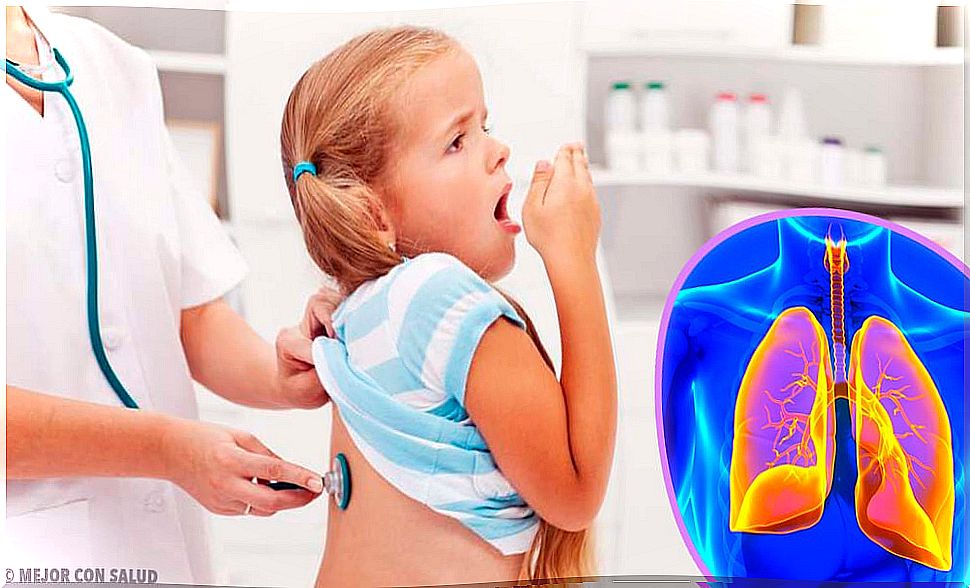
Whooping cough or pertrusis is a serious contagious disease of the upper respiratory tract caused by the gram-negative bacterium Bordetella pertussis .
As its name suggests, its main symptom is a violent and uncontrollable cough that manifests itself accompanied by a sensation of suffocation that, in turn, manifests itself with a deep convulsive sound when the patient tries to breathe. Because of this, sometimes, when the coughing crisis is too strong, the patient may vomit from the effort exerted.
According to the MSD Manual, “Before vaccines were widely used, whooping cough was a disease that affected young children. Now, a person can develop whooping cough at any age. More than half of the cases affect adolescents and adults ”.
Causes of whooping cough
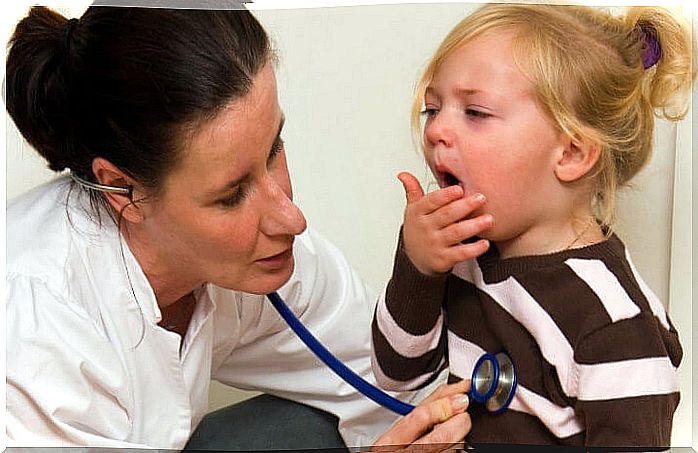
As we already mentioned, the cause of whooping cough is Bordetella pertussis, a bacterium that can enter the body through contact with nasopharyngeal sprays from an infected person.
The chances of contagion when close to a sick person exceed 90%. Once infection occurs, it can remain for 6 or even 10 months in the host.
Risk factor’s
According to a recent study, “the highest percentage of bows and procalcitonin level, as well as lower oxygen saturation, at the time of admission; not having received any dose of DTaP vaccine ; the presence of catarrhal symptoms, apnea and cyanosis at the beginning of the picture and coinfection by respiratory viruses can be considered risk factors for the appearance of complications during hospital admission ”.
Symptoms of whooping cough
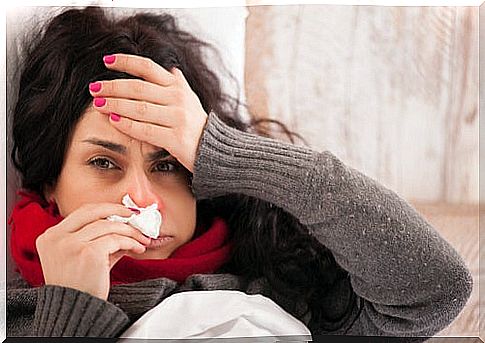
Pertussis symptoms begin 7 to 10 days after exposure to the bacteria. In their initial stages they are mild and can be mistaken for a common cold. These include:
- Nasal congestion.
- Moderate fever
- Watery and red eyes
- Excessive production of phlegm or runny nose.
- Cough (initially nocturnal, but it spreads throughout the day).
After a week or two, the symptoms begin to be more severe. The thick mucus accumulates in the respiratory tract and produces a strong and uncontrollable cough that is expensive To obtain immunity against this microorganism we will have to receive at least three doses of vaccine characterized by generating a forced respiration. In this phase of the infection, the patient may manifest:
- Red or bluish face.
- Feeling of chronic fatigue
- Vomiting (due to the strain of coughing).
- A high-pitched hissing and squeaky sound when you breathe (wheezing).
It should be mentioned that not all patients present the characteristic sound with which this disease is distinguished, the dry cough.
Diagnosis
When the manifestations of the disease are not evident, the doctor is obliged to carry out other types of tests. To confirm the infection, the professional takes a sample of nasal or throat secretions to do a microbiological analysis called PCR.
In some patients , a complete blood count is done that shows large numbers of lymphocytes. In addition, a chest X-ray may be suggested to determine if there is associated pneumonia.
To obtain immunity against this microorganism we will have to receive at least three doses of vaccine.
Treatment
Treatment is usually started before the disease is confirmed.
At this point, it should be clarified that whooping cough is a bacterial infection and, therefore, treatment with antibiotics is one of the first measures to control it. However, these work effectively only in the beginning, if advanced infection will not be effective. The most used are those of the group of macrolides. They stand out:
- Azithromycin.
- Clarithromycin.
- Erythromycin.
Additionally, certain measures may be required to facilitate the respiratory function of the patient while the antibiotic begins to exert its action. These include:
- Oxygen treatment.
- Intravenous fluids (in case the cough is preventing the person from drinking enough).
- Sedatives (recommended for children).
The use of conventional remedies such as cough syrups, expectorants or antitussives is not recommended because, in these cases, they are of no use.
Possible complications
- Pneumonia.
- Seizures
- Nosebleed.
- Ear infections
- Abdominal hernias
- Intellectual disability
- Broken blood vessels in the skin.
- Brain damage from lack of oxygen.
- Seizure disorder (permanent).
- Stopping of breathing or slow breathing (apnea).
- Death.
Any manifestation of the disease must be analyzed by the doctor. If you have suspicions, consult as soon as possible, avoid self-medication and pay attention to the professional’s instructions.

